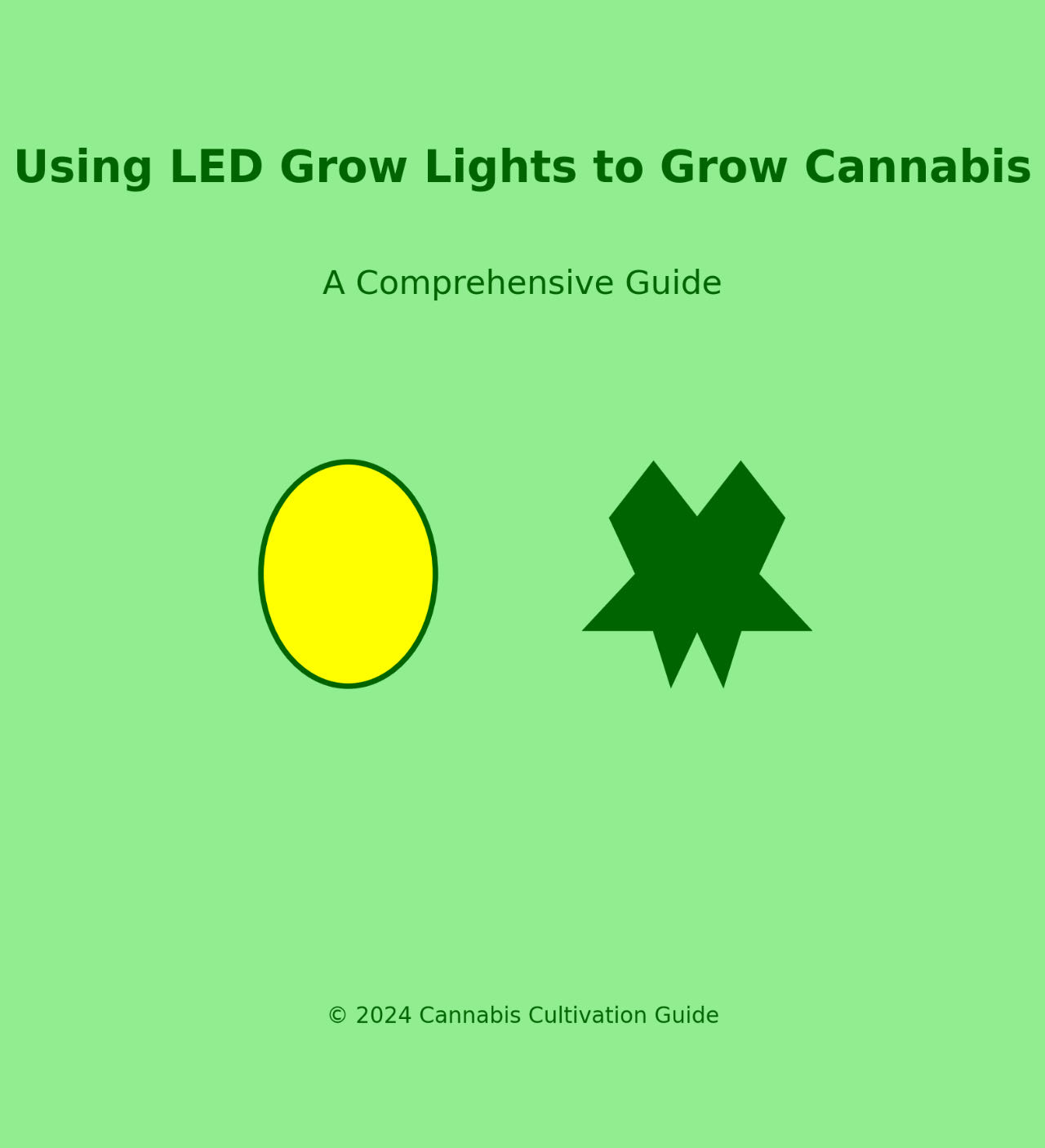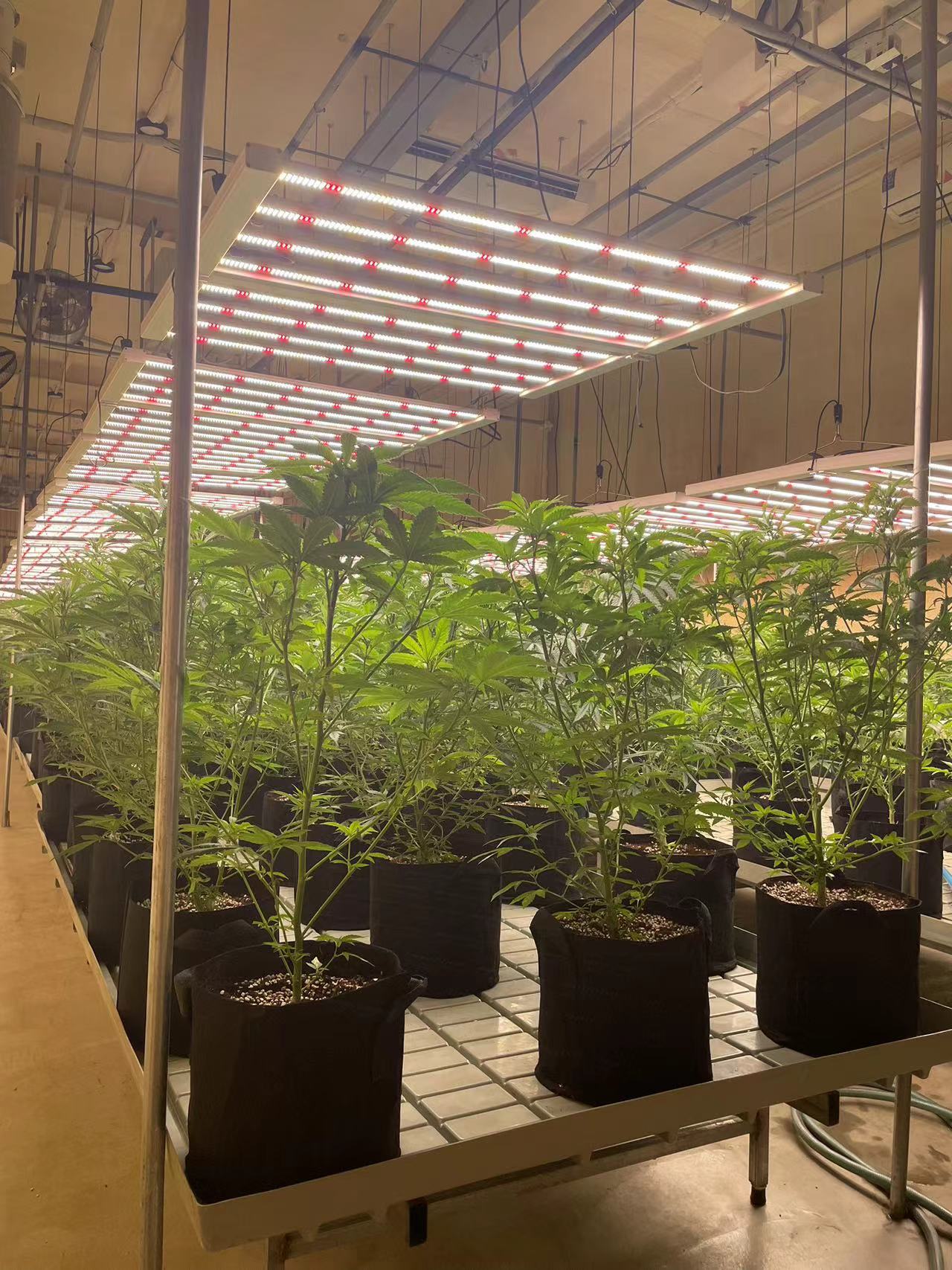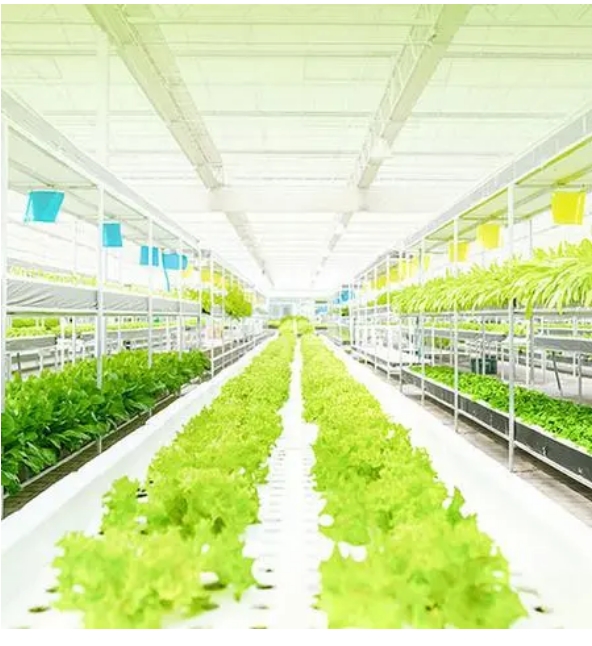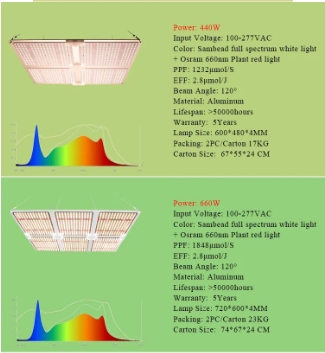Using LED Grow Lights to Grow Cannabis
Using LED Grow Lights to Grow Cannabis
Choose the Right LED Grow Lights
· Full Spectrum: Ensure your LED lights offer a full spectrum, mimicking natural sunlight, which is crucial for all growth stages.
· Wattage: Select lights with sufficient wattage. For cannabis, it's generally recommended to have 30-50 watts per square foot of grow space.
· Quality: Invest in high-quality LED grow lights to ensure longevity and better performance.
Setup the Grow Space
· Reflective Walls: Use reflective materials like Mylar or white paint to maximize light efficiency.
· Ventilation: Proper ventilation is essential to control temperature and humidity. Install fans and exhaust systems to ensure good airflow.
Seedling Stage
· Light Distance: Place the LED lights 24-36 inches above the seedlings to prevent light burn.
· Light Schedule: Use a 18/6 light cycle (18 hours of light and 6 hours of darkness) to encourage healthy growth.
Vegetative Stage
· Light Distance: Lower the lights to 18-24 inches above the plants as they grow.
· Light Schedule: Continue with an 18/6 light cycle.
· Nutrients and Watering: Increase the frequency and amount of watering. Use fertilizers high in nitrogen.
Flowering Stage
· Light Distance: Keep the lights 12-18 inches above the canopy.
· Light Schedule: Switch to a 12/12 light cycle (12 hours of light and 12 hours of darkness) to trigger flowering.
· Nutrients and Watering: Use bloom-specific nutrients high in phosphorus and potassium.
Monitoring and Adjusting
· Check for Light Burn: Monitor the plants for signs of light burn (bleached or curled leaves) and adjust the light distance accordingly.
· Temperature and Humidity: Maintain optimal temperature (70-85°F during the day, 58-70°F at night) and humidity levels (40-60% in vegetative, 40-50% in flowering).
· Pests and Diseases: Regularly inspect plants for pests and diseases and take appropriate measures to control them.
Harvesting
· Timing: Harvest when the trichomes (resin glands) are milky white with some amber hues.
· Drying and Curing: Dry the harvested buds in a dark, well-ventilated area for about a week. Cure them in airtight containers for at least two weeks to enhance flavor and potency.
Tips for Success
· Light Spectrum: Ensure your LEDs cover both blue and red spectrums, with blue light promoting vegetative growth and red light enhancing flowering.
· Energy Efficiency: LEDs are more energy-efficient compared to other lights like HPS or MH, leading to lower electricity costs.
· Heat Management: LEDs produce less heat, reducing the risk of heat stress on plants and minimizing the need for additional cooling.
 Using LED Grow Lights to Grow
Using LED Grow Lights to Grow
 XILUO HOT-SELLING LED GROW LIG
XILUO HOT-SELLING LED GROW LIG
 LED is one of the important fa
LED is one of the important fa
 Talking about the application
Talking about the application
Please contact us with your request
We are ready to answer your questions.
